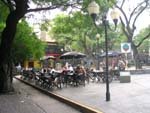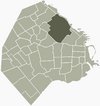
This article is in Spanish and appeared in the online version of La Nación newspaper. Following is a hastily written English translation. Link to article:
http://www.lanacion.com.ar/informaciongeneral/nota.asp?nota_id=771898La Argentina lidera el ranking de una prestigiosa guía de turismo.
La lista de Lonely Planet contiene los diez países más recomendados para visitar en 2006; señalan la "fabulosa cultura, comida y vinos" y la "belleza natural extraordinaria" de nuestras tierras.
[Argentina Leads Prestigious Tourist Guide's List of Ten Most Recommended Countries to Visit in 2006: Cites "fabulous culture, food and wine," and "the extraordinary natural beauty" of the land]
(Télam).- La Argentina figura al tope de una lista que contiene los diez países más recomendados para visitar en 2006, según una de las más prestigiosas publicaciones especializadas en turismo que consideró su "fabulosa cultura, comida y vinos" y su "belleza natural extraordinaria".
[Argentina stands at the top of the list of the ten countries most recommended to visit in 2006, according to one of the most prestigious tourist publications, which noted its "fabulous culture, food and wines" and its "extraordinary natural beauty."]
Así lo difundió en su última edición Lonely Planet , una guía internacional de viajes y turismo consultada por miles de viajeros y que todos los años elabora un ranking con los diez países recomendados para visitar.
[So says the latest edition of Lonely Planet, an international guide of travel and tourism consulted by thousands of travellers. Each year it publishes a ranking of the ten countries most recommended to visit.]
La Argentina figura por primera vez al tope de este ranking y, entre los factores que destaca la pubicación, figuran su "fabulosa cultura, comida y vinos" y la "belleza natural extraordinaria de sus paisajes", a la vez que remarca que es un país "culturalmente rico y a la vez moderno", "económicamente accesible" y "seguro".
[Argentina came in at the top of the list for the first time, and stood out for factors which include its "fabulous culture, food and wines" and its "extraordinary natural beauty," while at the same time it was noted that the country is "culturally rich and at the same time modern", "economically accessible" and "safe".]
La guía dice que, por estos factores, la Argentina es "la Nueva Zelanda de Sudamérica", al tiempo que remarca la "belleza de la Patagonia y la "bienvenida que le da a todos los viajeros".
[The guide says that, for these reasons, Argentina is "the New Zealand of South America," while noting "the beauty of Patagonia" and the "welcome that [the country] gives to all travellers.]
Orgullo. El secretario de Turismo de la Nación, Enrique Meyer, sostuvo que "es un orgullo y una gran satisfacción para nuestro país que un medio tan prestigioso y consultado por viajeros de todo el mundo califique a la Argentina de esta manera".
[Pride. The National Secretary of Tourism, Enrique Meyer, declared that "it is an honor and great satisfaction for our country that a publication so prestigious and used by so many travellers around the work describes Argentina in such a manner."]
Agregó además que este "es un indicio más de que las perspectivas turísticas de nuestro país hoy tienen un techo muy alto" y manifestó su optimismo para que este hecho "contribuya a mantener el incremento del turismo receptivo que se fue dando a lo largo del último año".
[He added that this "is another indication that the tourism prospects for our country are now very high" and expressed his optimism that this fact "will contribute to the increase in tourism that has been building since last year."]
Los destinos que siguen a la Argentina en el ranking son China, Nicaragua, Croacia, México, Antártida, Canadá, India, Colombia y Alemania, en ese orden.
[The destinations that follow Argentina in the ranking are China, Nicaragua, Croatia, Mexico, Antarctica, Canada, India, Colombia and Germany, in that order.]
Lonely Planet fue denominada por el diario español El Mundo como la "reina de las guías de viajes" por "la calidad de sus informaciones", y lleva ya publicados 500 títulos en inglés, alrededor de 50 en francés y 11 en español.
[Lonely Planet has been designated the "Queen of Travel Guides," by the Spanish journal "El Mundo" because of "the quality of its information." It has published approximately 500 titles in English, about 50 in French and 11 in Spanish.]
 The VIII Buenos Aires Festival Tango will take place from February 24th to March 5th.
The VIII Buenos Aires Festival Tango will take place from February 24th to March 5th.

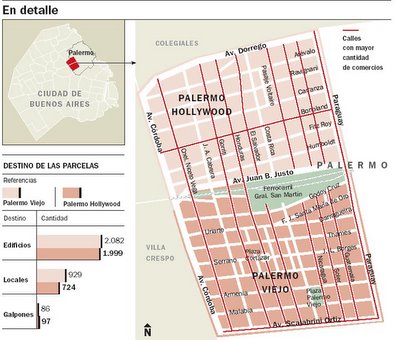
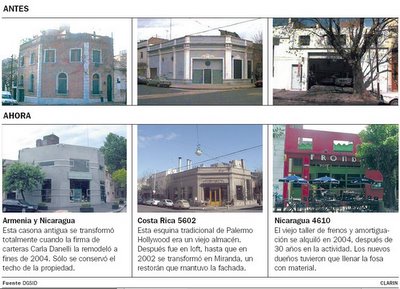
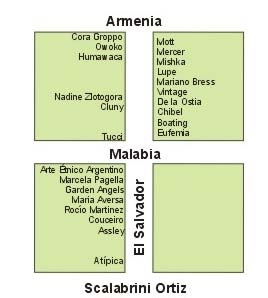


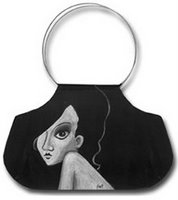

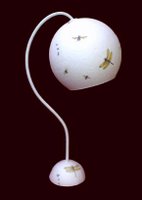 Insects paper lamps and mirrors.
Insects paper lamps and mirrors. Cute cat artworks.
Cute cat artworks.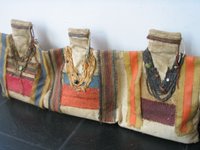
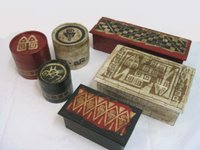
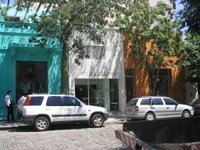 If you continue walking towards Malabia St., you'll find the following shops on this same block: Assley (El Salvador 4564,
If you continue walking towards Malabia St., you'll find the following shops on this same block: Assley (El Salvador 4564, 
